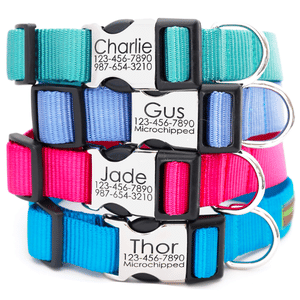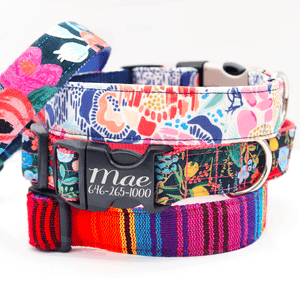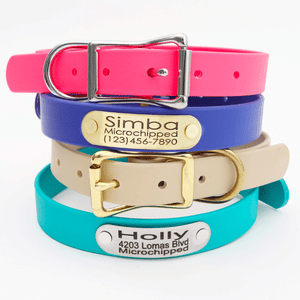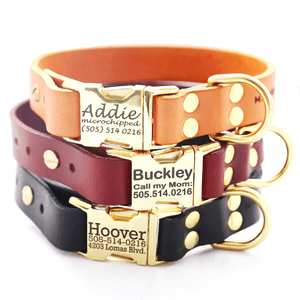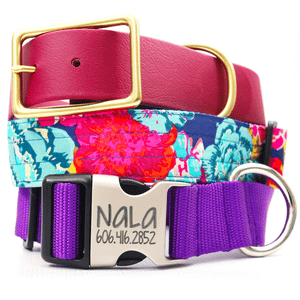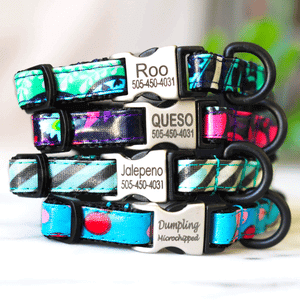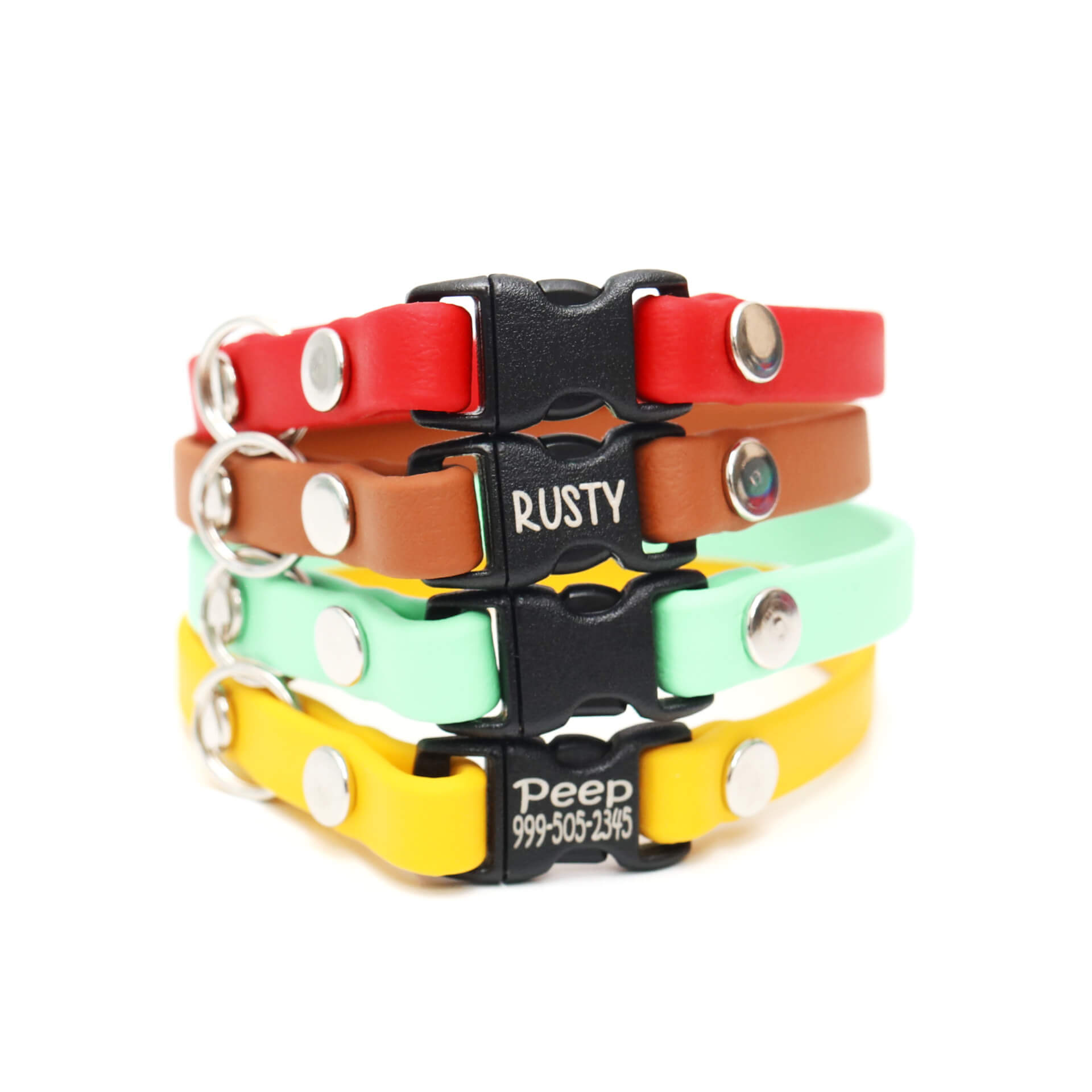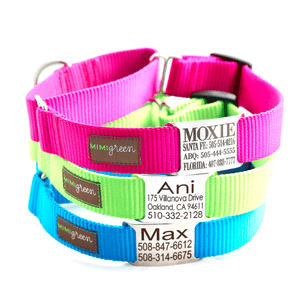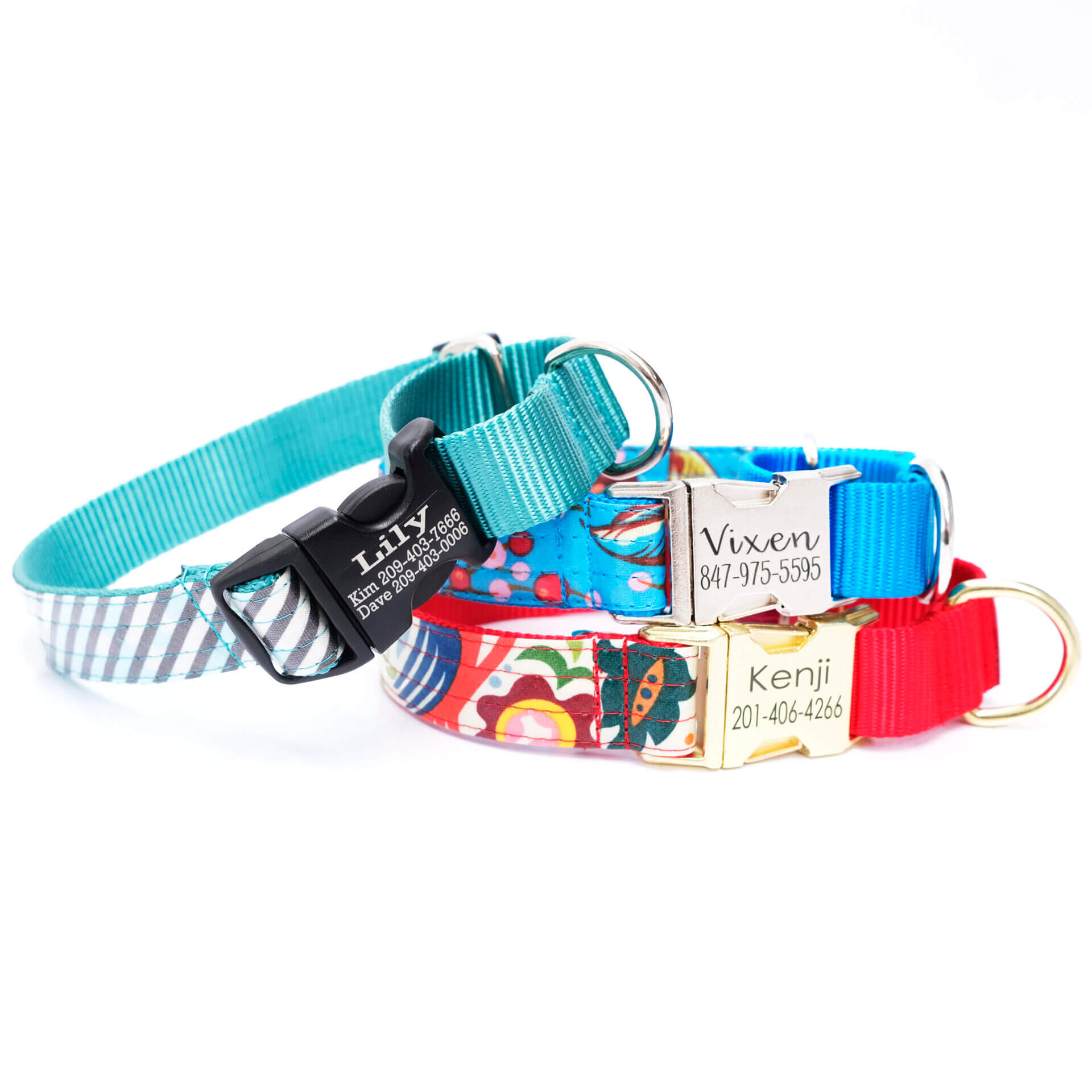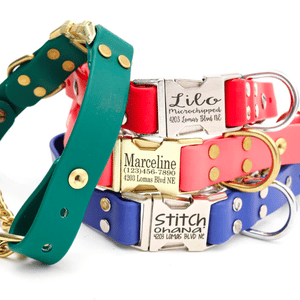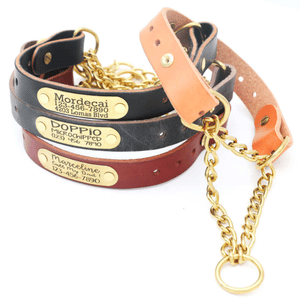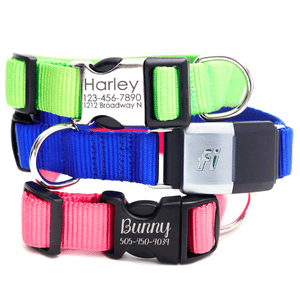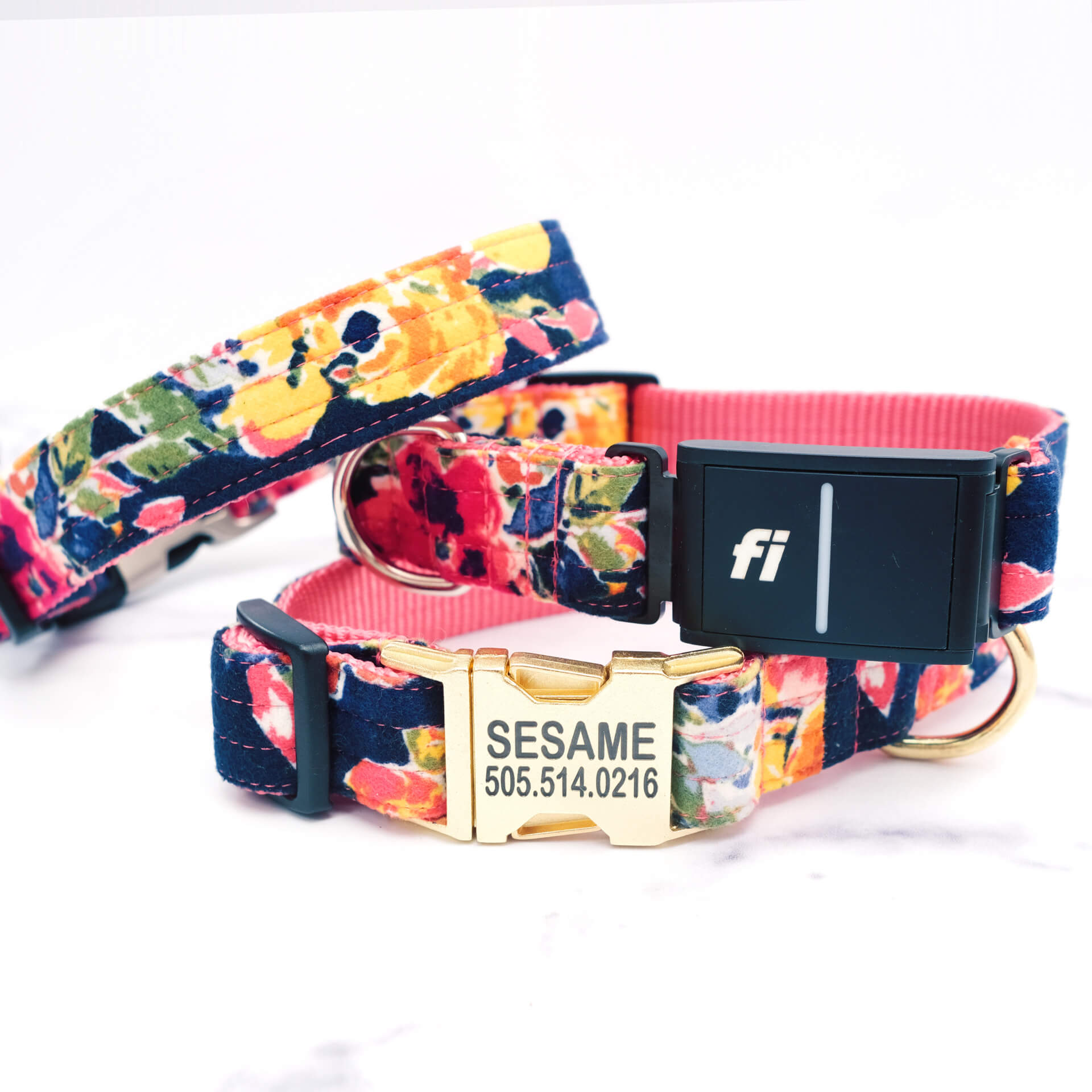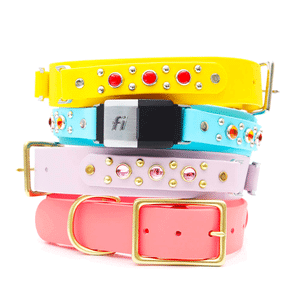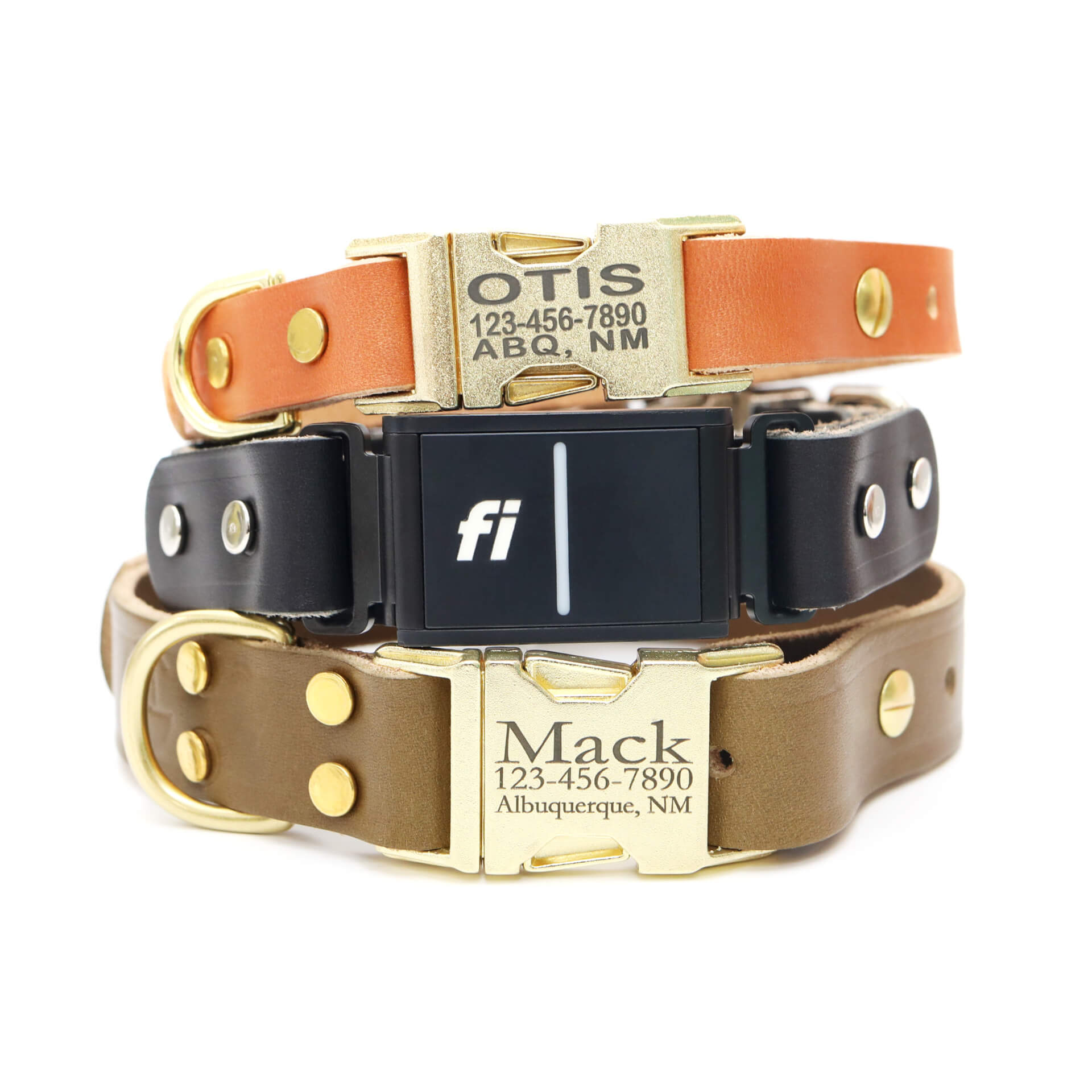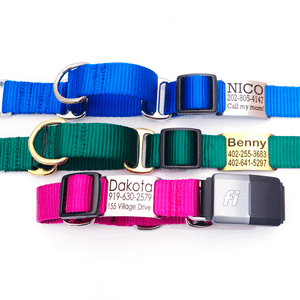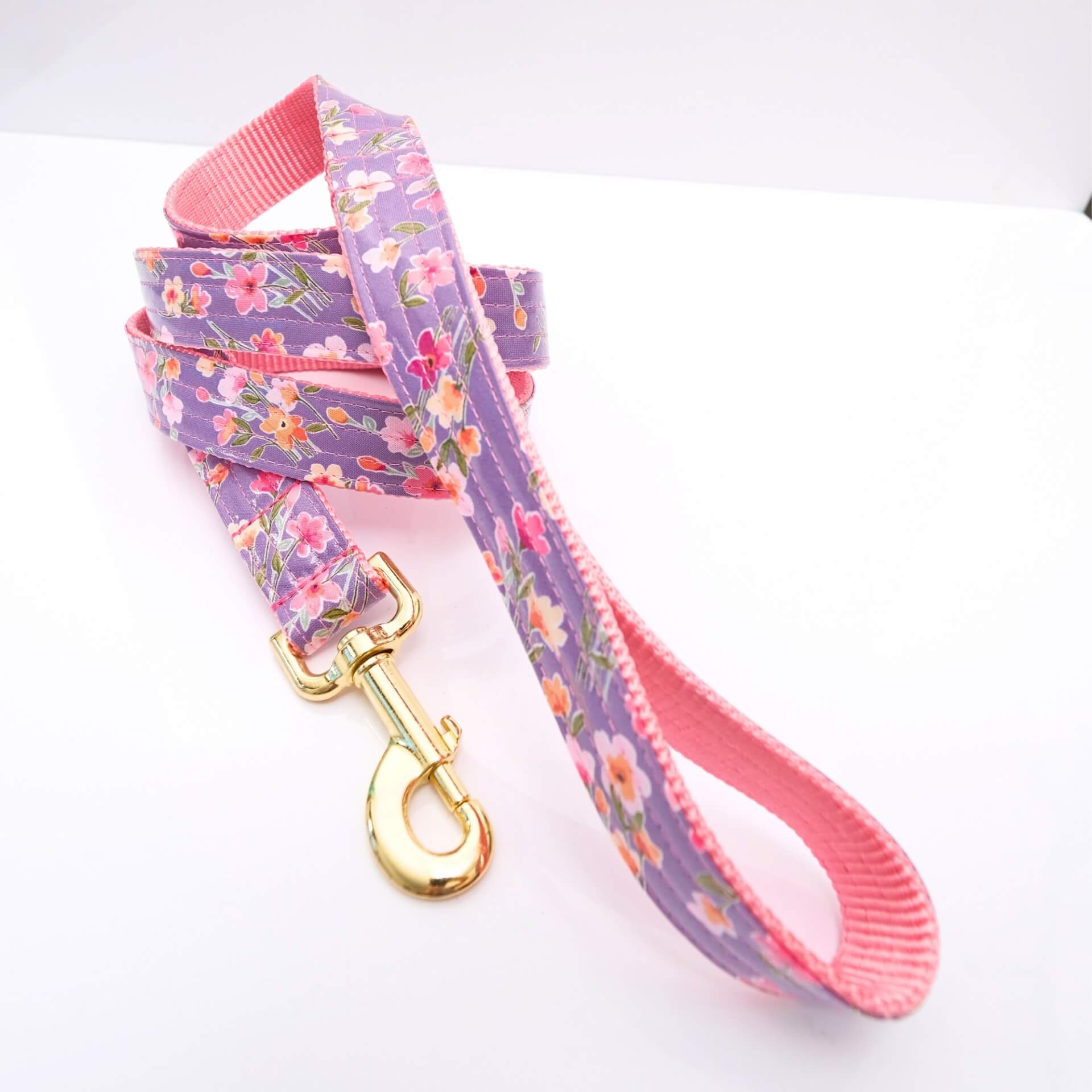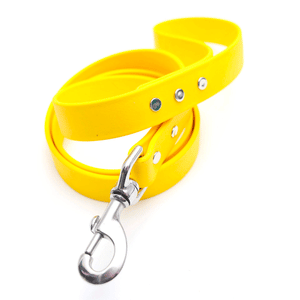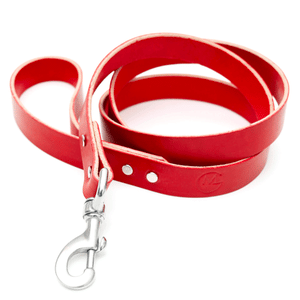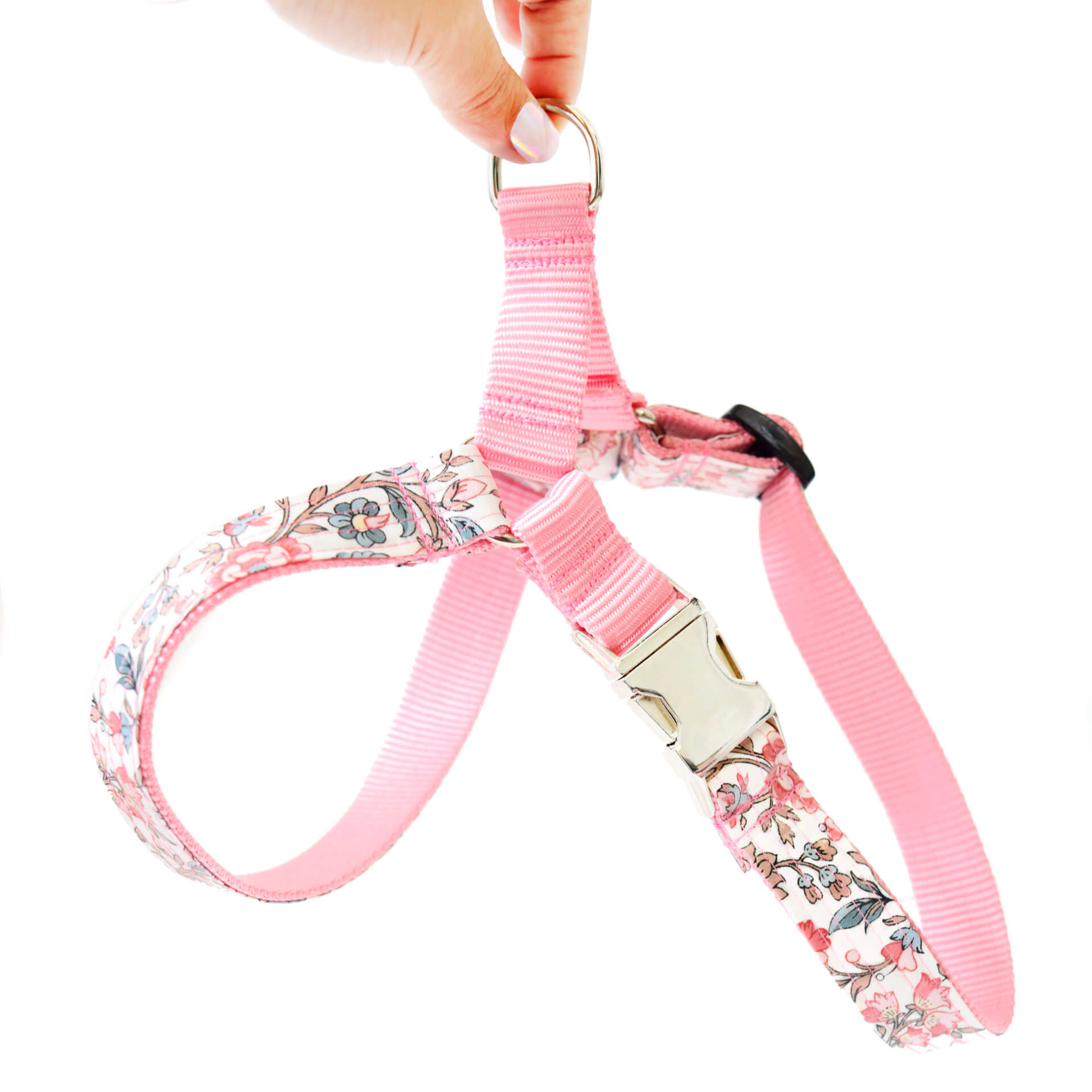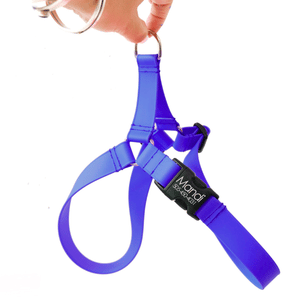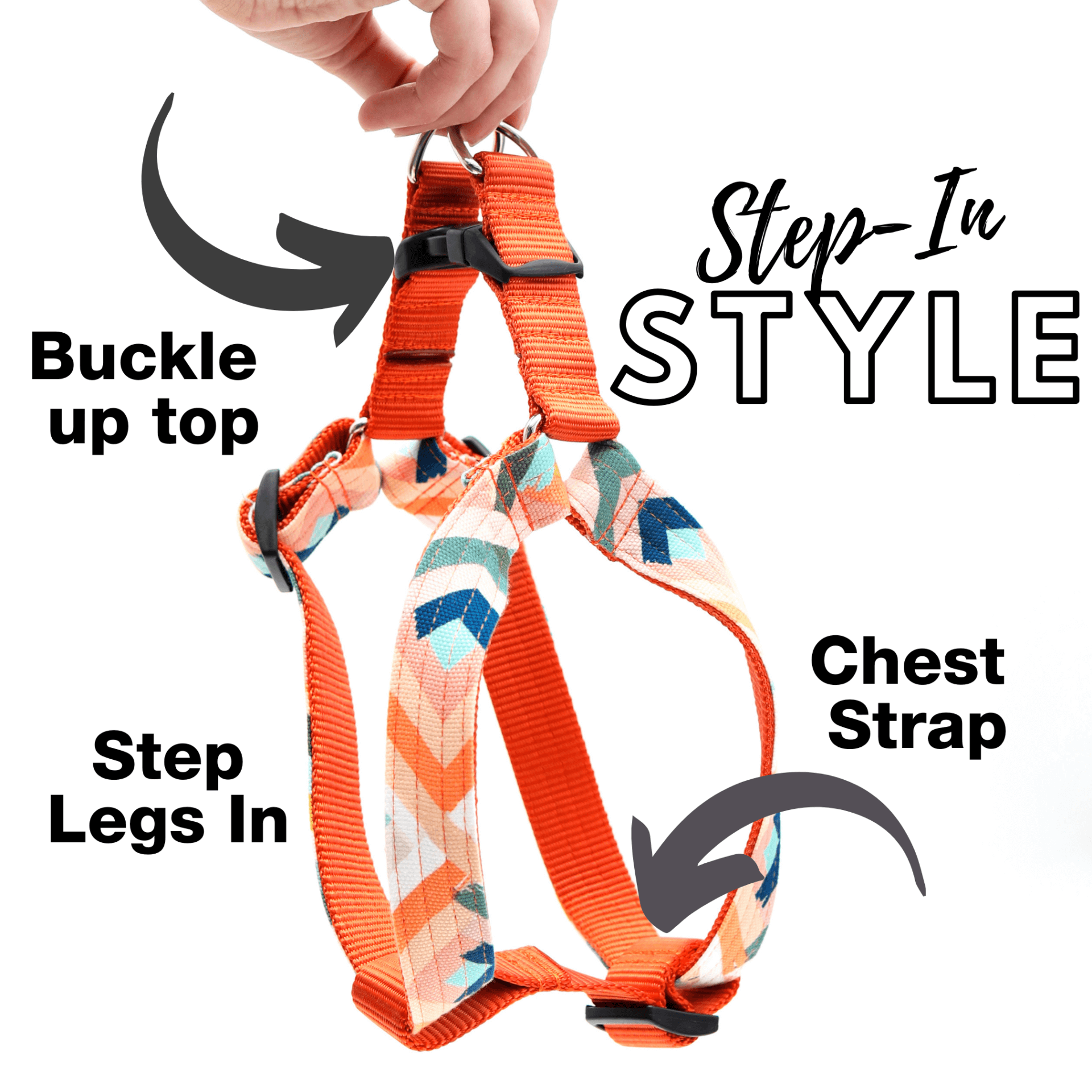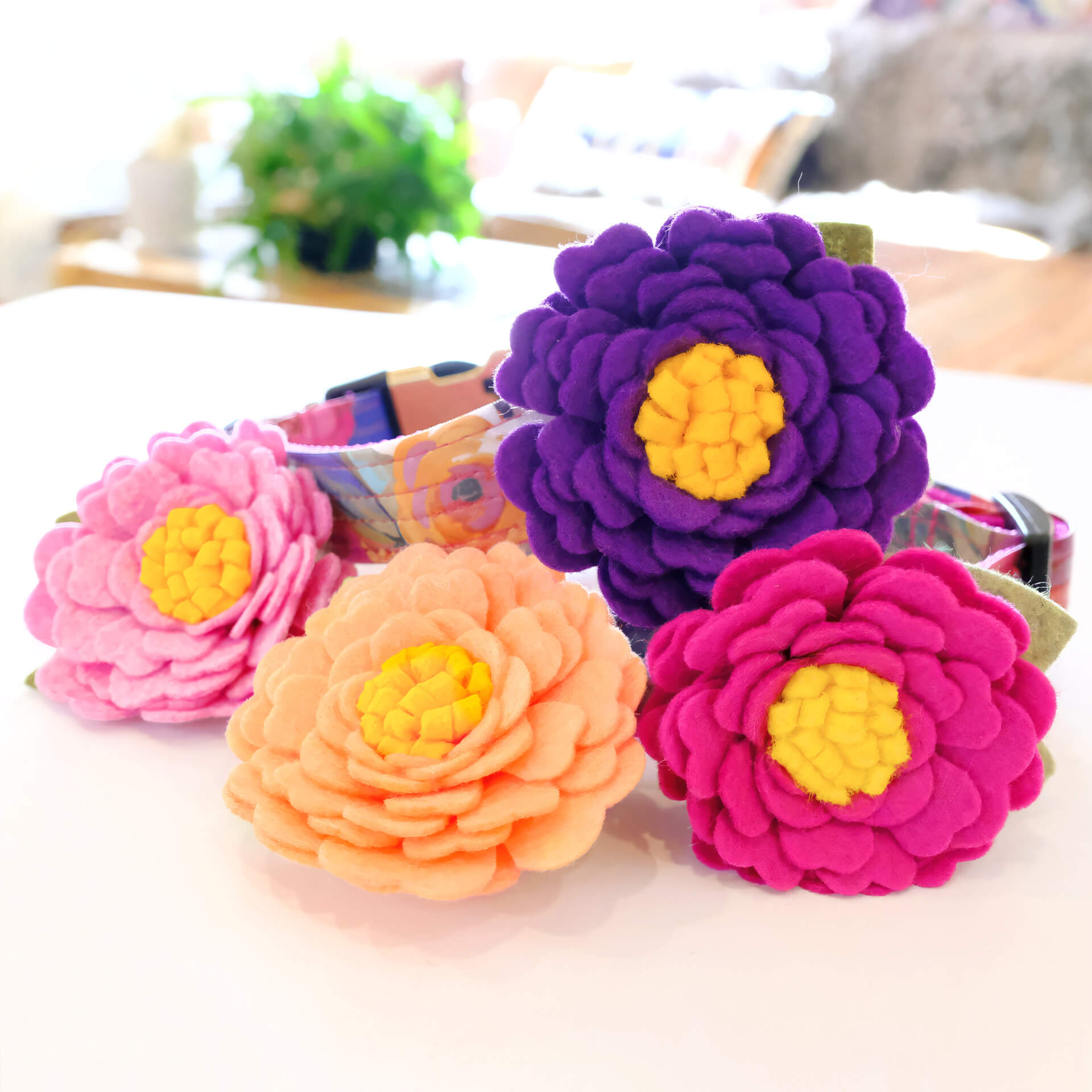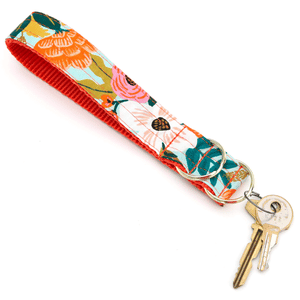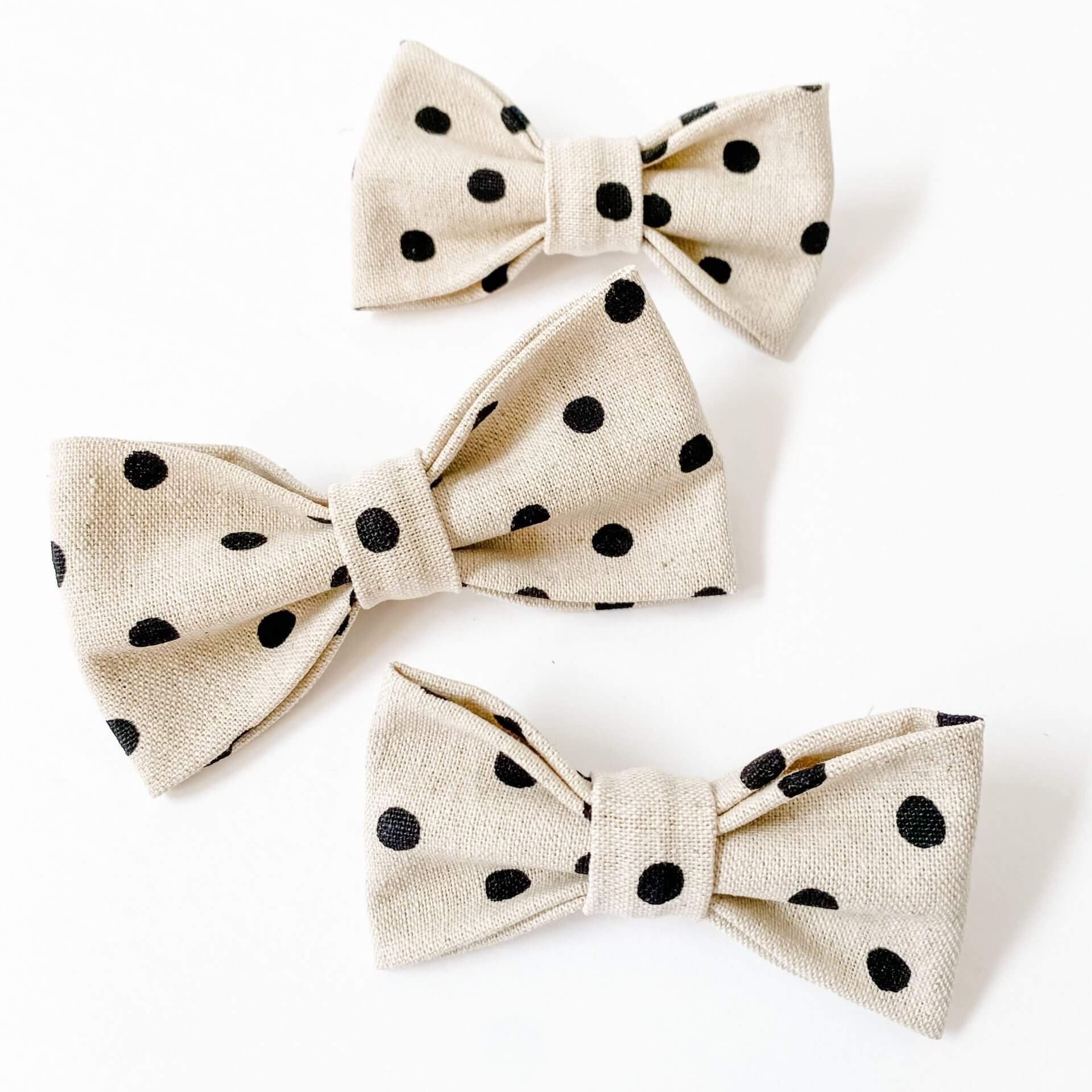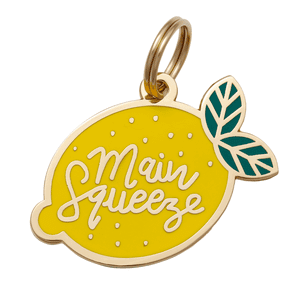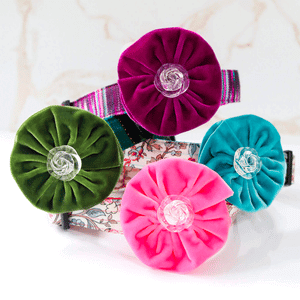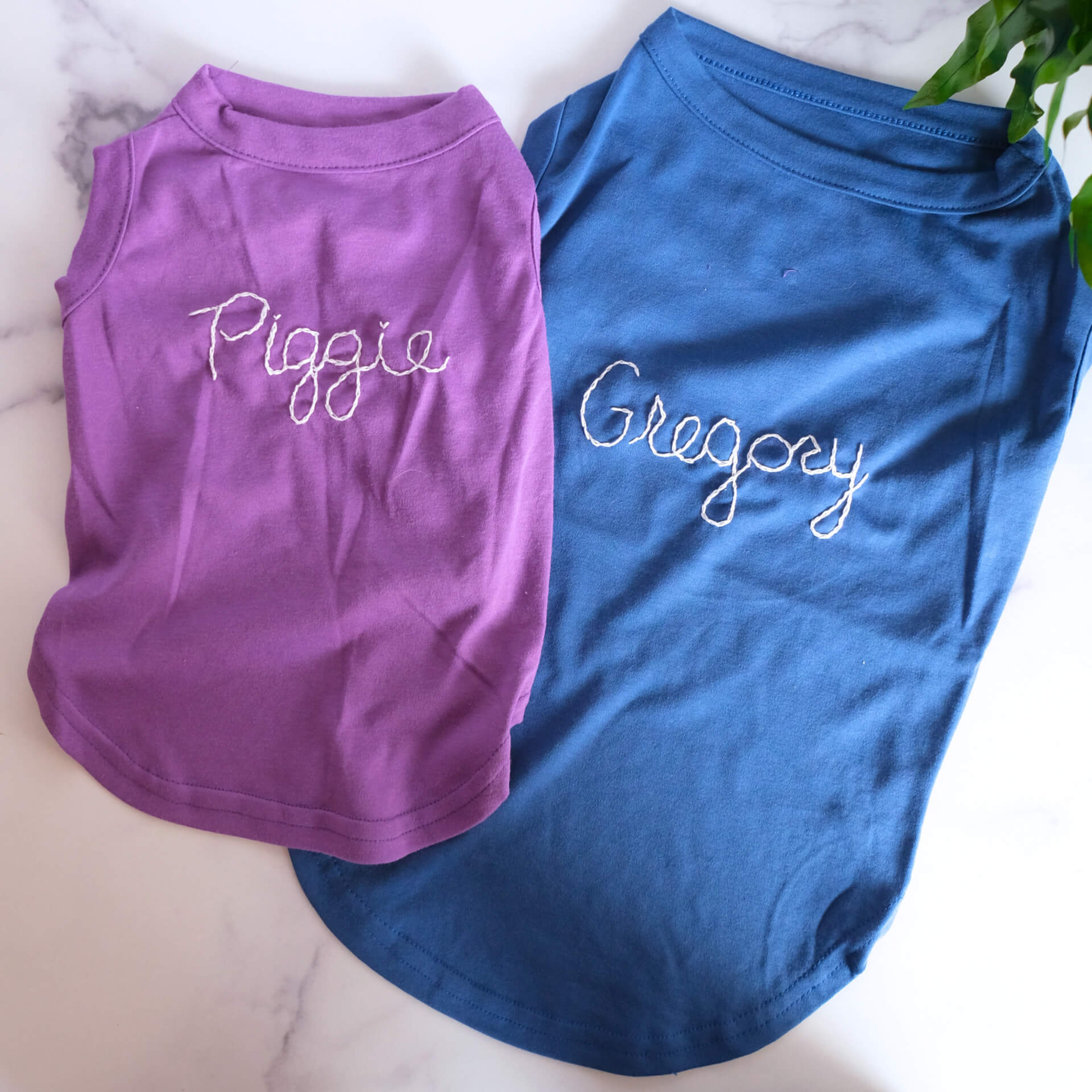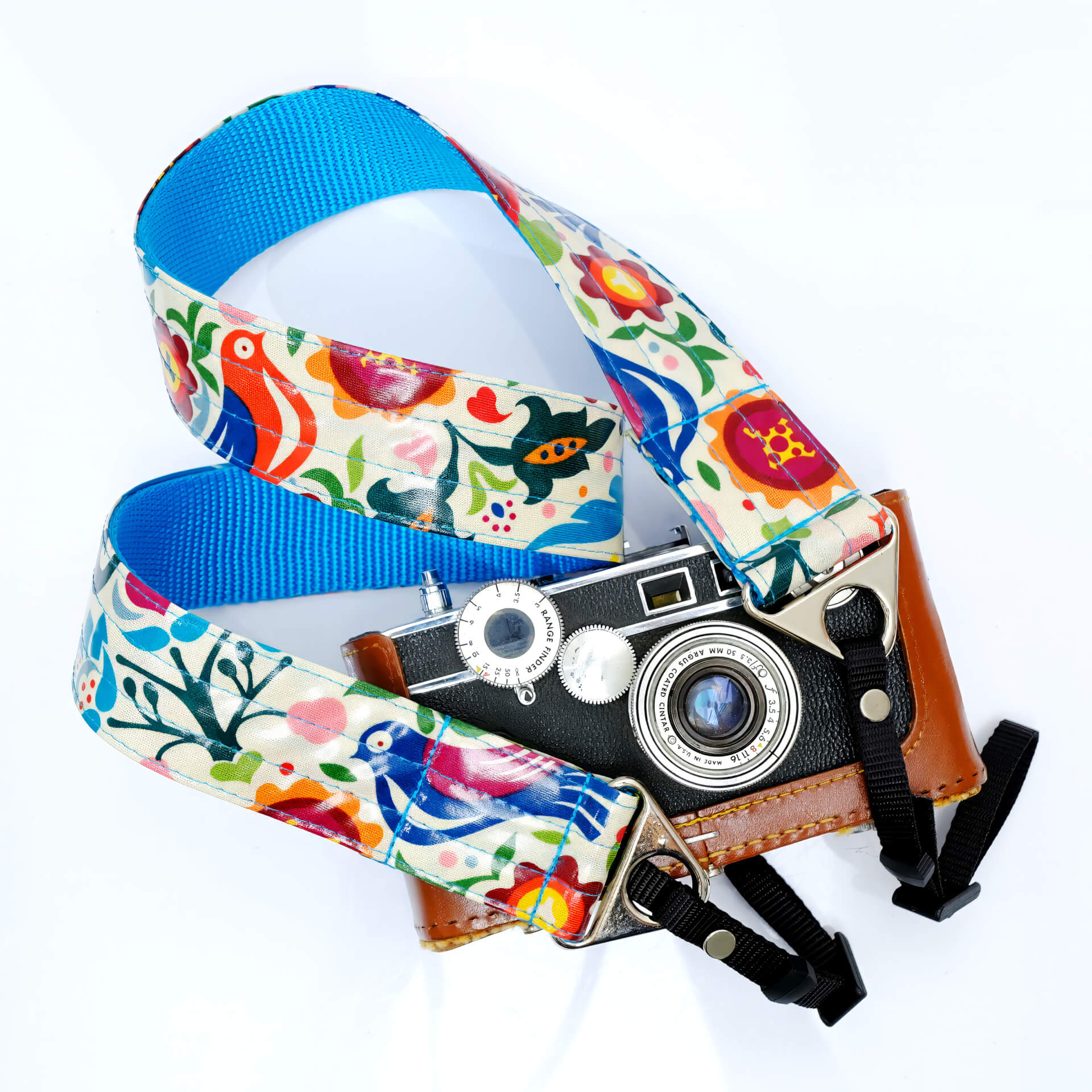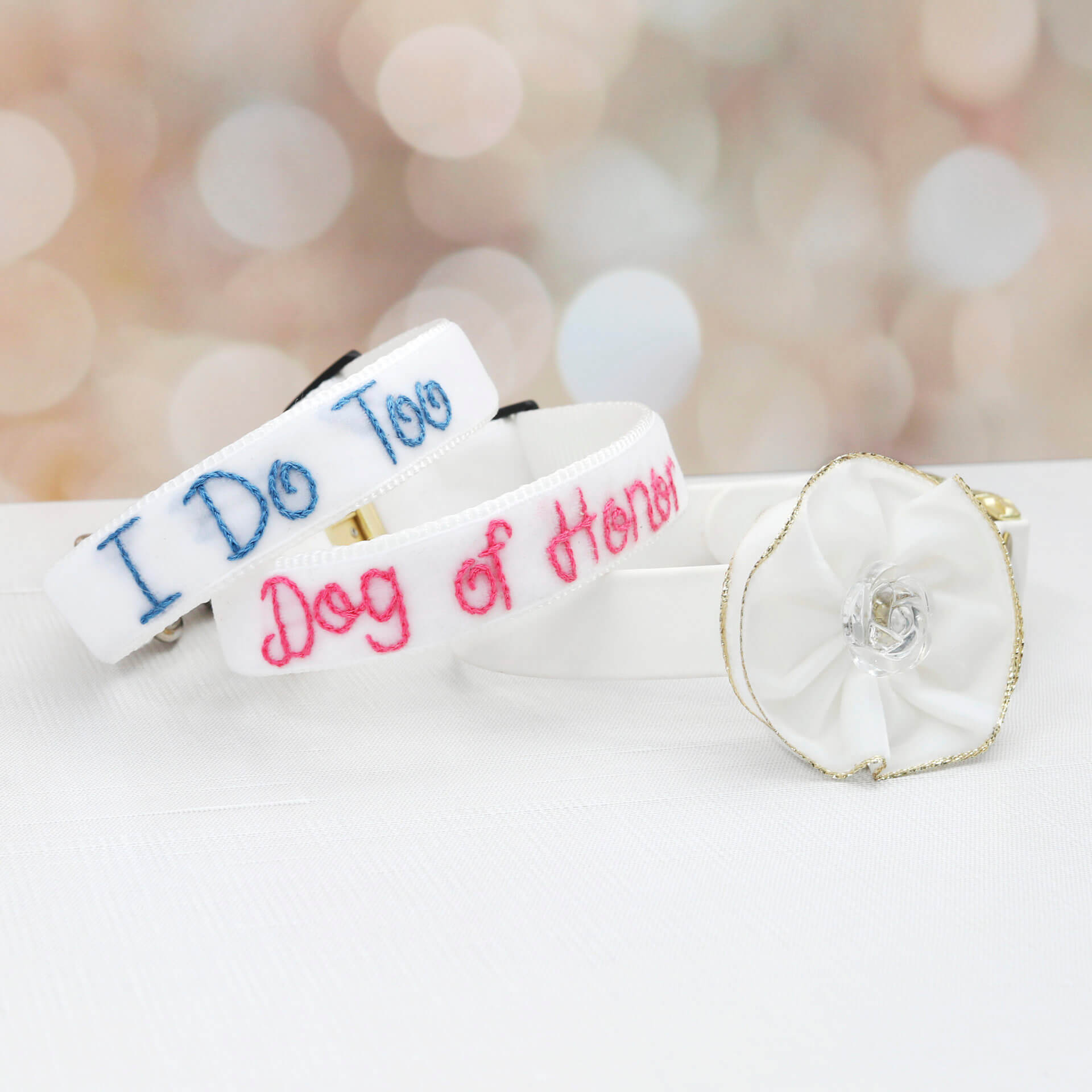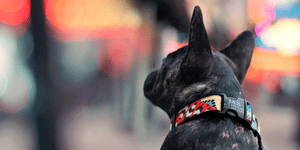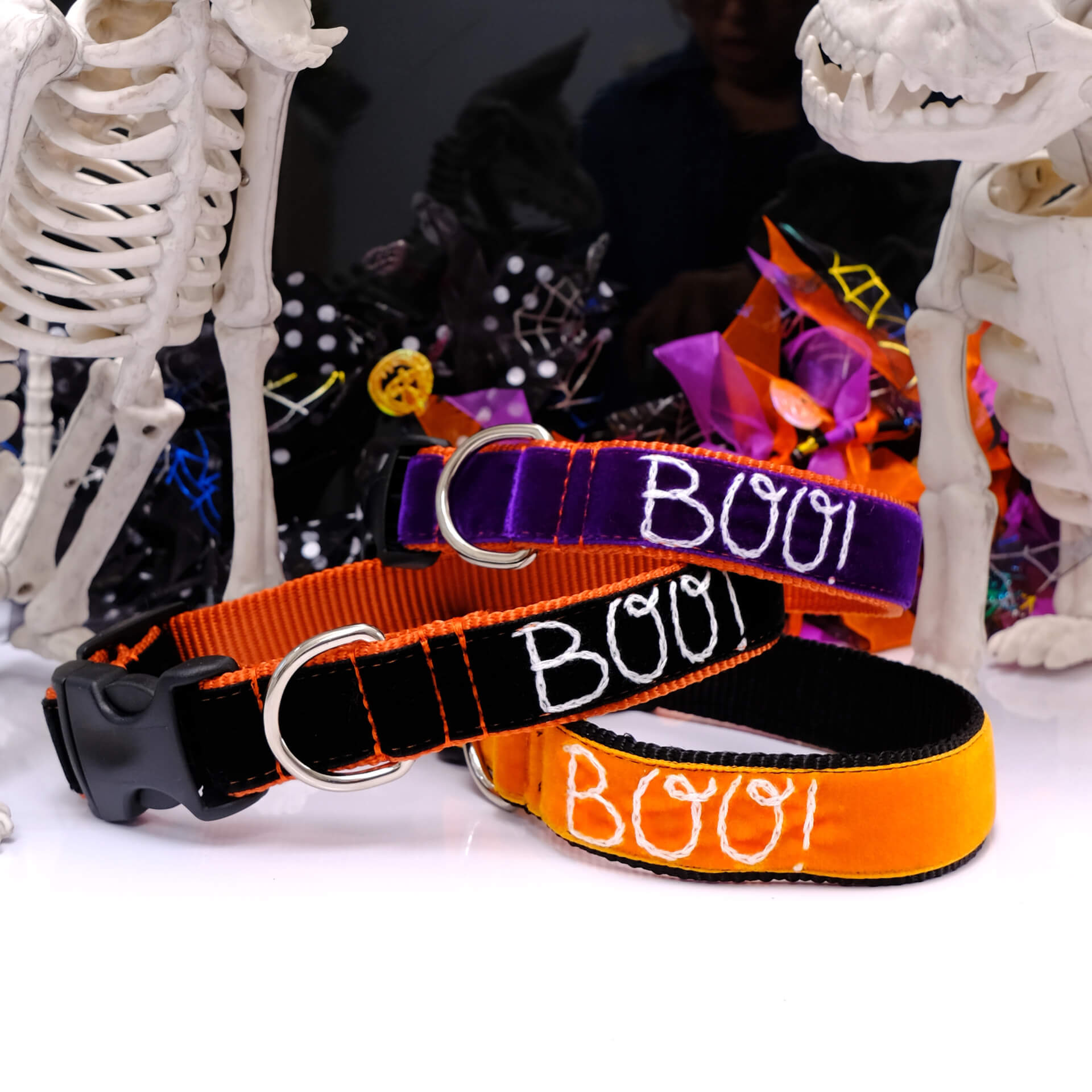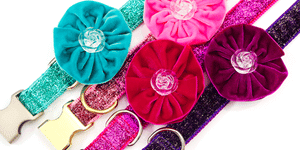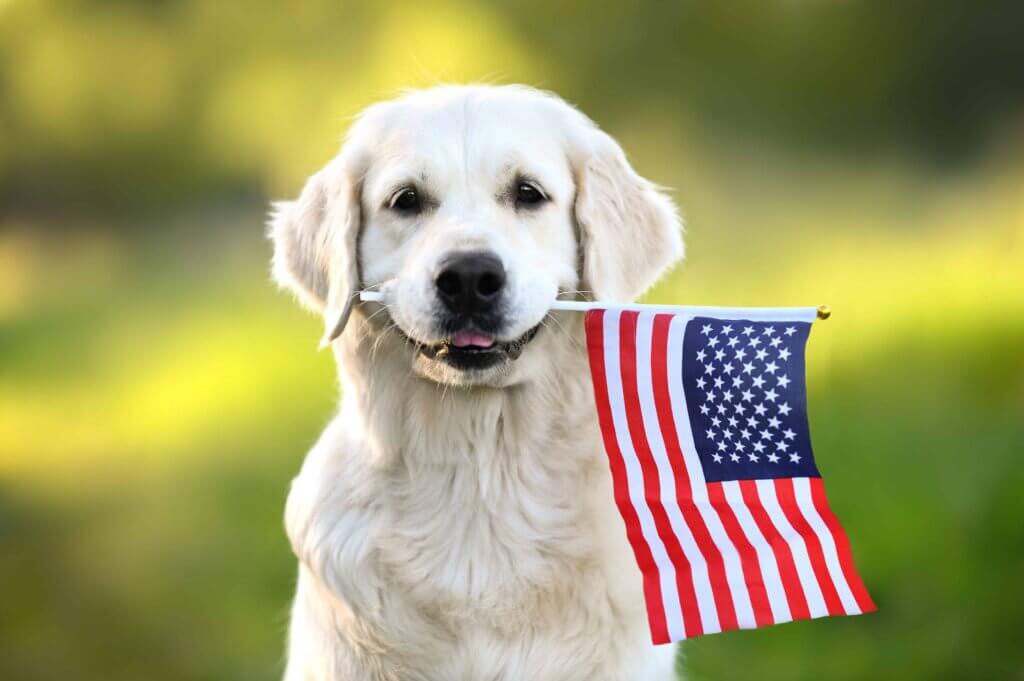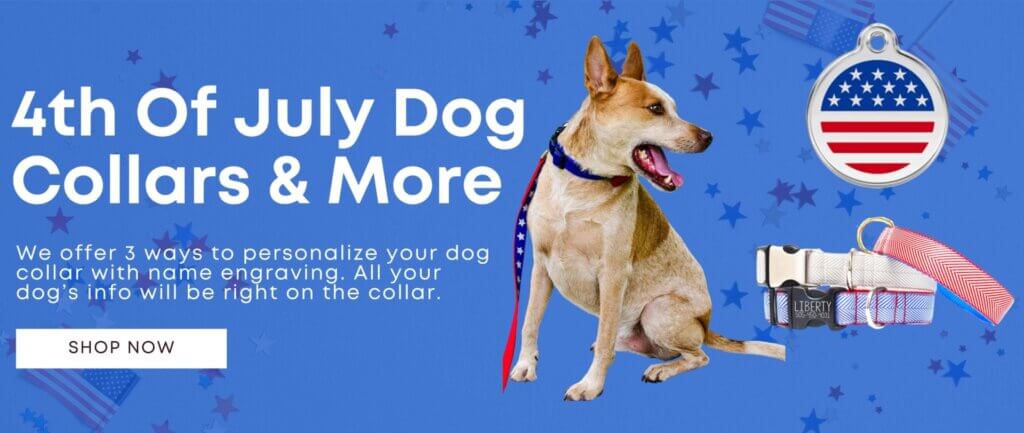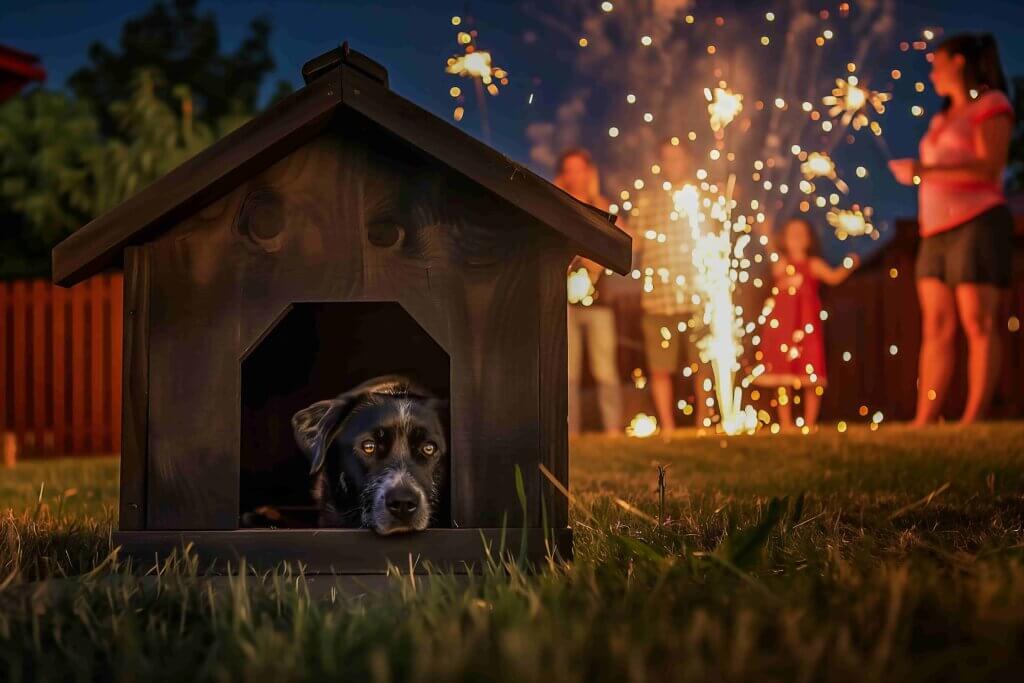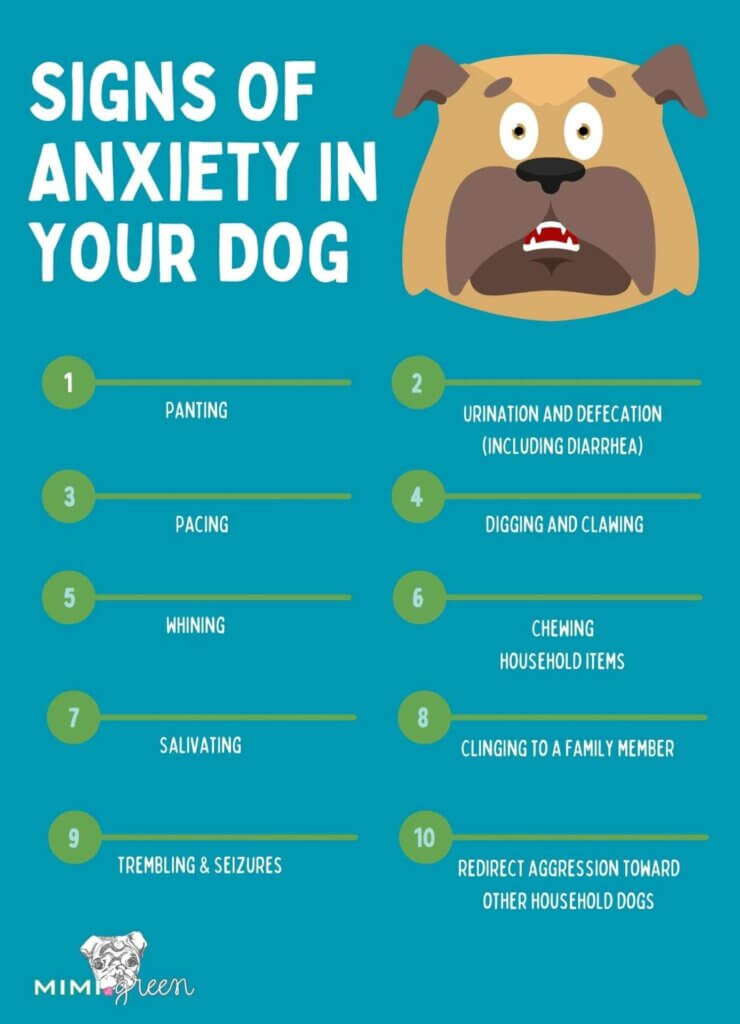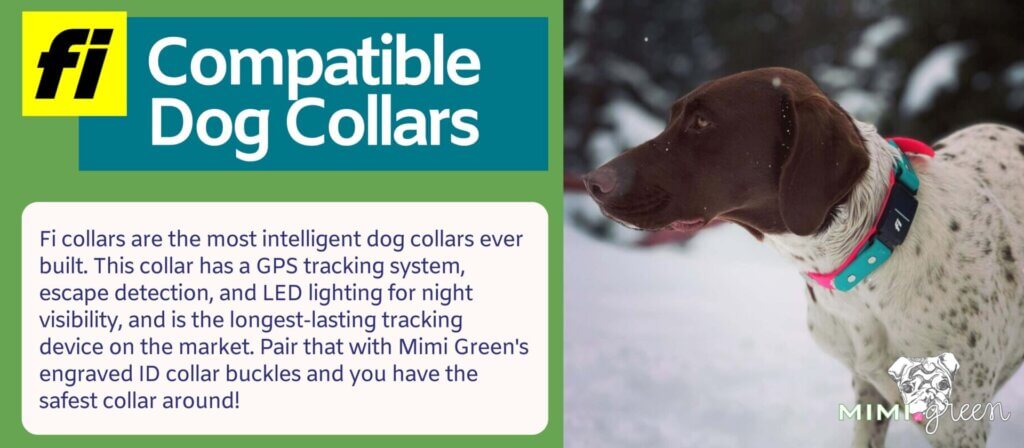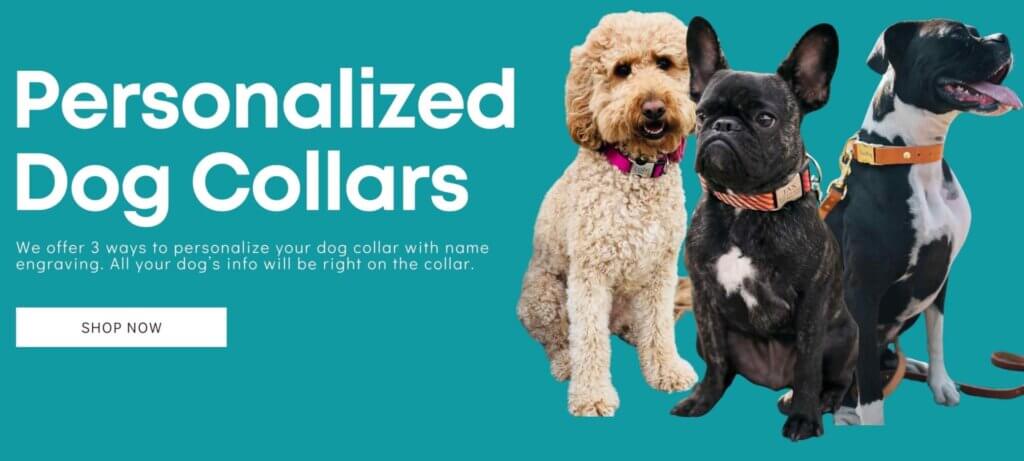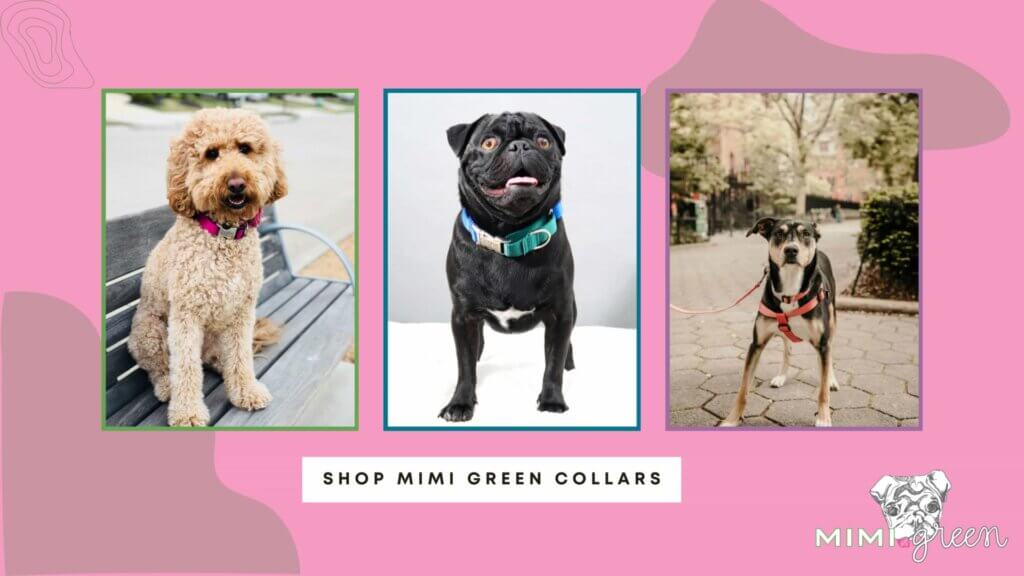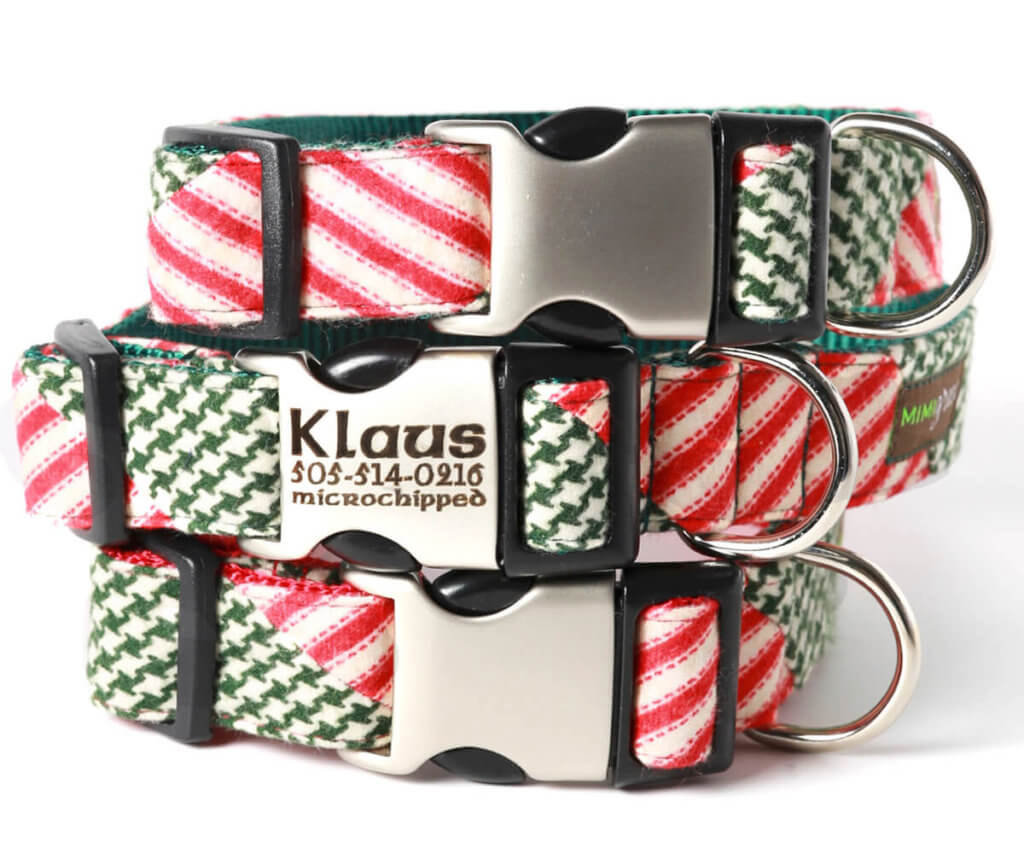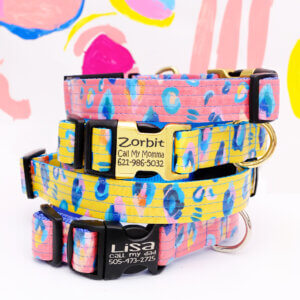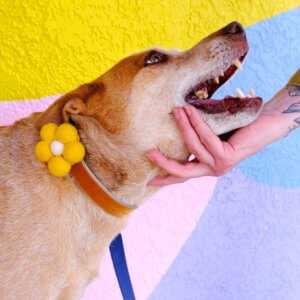Dogs and fireworks don’t mix. Many dogs are terrified of fireworks, and understanding why can help pet owners better support their furry friends. Dogs have highly sensitive hearing, making the loud, unexpected booms of fireworks particularly alarming.
Unlike humans, dogs don’t understand the cause of these noises, heightening their anxiety. A survey from the ASPCA found that one in five dogs goes missing after being frightened by loud noises.
This blog has ten tips and five DONTS for handling dogs and fireworks. Read on if you want to keep your dog calm and reduce anxiety.
Why Are Dogs Scared Of Fireworks
Animals are innately afraid of loud and unpredictable noises. This fear is normal because loud noises like thunder and lightning preclude thunderstorms and other weather events, which animals would want to seek shelter from.
The difference between a wild animal and a dog is obvious. Your dog already has a safe shelter, but its stress response forces it to react as if it doesn’t. Remember, this is an involuntary response.
Signs Of Anxiety
There are many signs of anxiety that dogs may show other than initiating their flight response.
Tip #1: Don’t Take Your Dog To Fireworks Shows
While fireworks might not faze some dogs, keeping your puppy at home is generally safer and more considerate, where you can manage its stress and ensure its safety. Fourth of July is the day of the year that more dogs go missing than any other.. Firework shows have many stimuli outside the fireworks, and dogs may be frightened by other people and vehicles.
It’s better to leave your puppy at home in a familiar environment.
Tip #2: Proper Identification
Proper identification for your dog is crucial during fireworks, as many dogs become scared and may try to run away. Ensure your dog has a collar with up-to-date contact information, and consider microchipping them for added security.
GPS devices can also be beneficial. These measures significantly increase the likelihood of your dog being safely returned if they escape. For the benefit of both GPS tracking and identification, we suggest our Fi-Compatible Dog Collars.
Tip #3: Give Your Dog A Safe Space
Create a comfortable space for your dog to help them feel safe during fireworks. Set up a quiet area away from windows, such as a basement or large closet, where the fireworks’ sounds and sights are minimized. If your dog is crate-trained, use a crate and fill the space with familiar toys and treats.
Even if your dog is typically an outside dog, it can be unsafe on the Fourth of July. When a dog is scared, it may try to look for an escape by damaging or jumping a fence, even if it might not typically do so. Please consider a different solution to protect your pup,
Crate Training Tip: Feeding your dog and giving them special treats in their crate will create a positive association with the crate.
Frozen bone broth in ice cube trays can be a soothing treat. Playing calming music or white noise can also help drown out the noise. For puppies, provide special chew toys during storms to create positive associations. Closing windows and curtains will further muffle the sound and block out the flashes of light from fireworks.
Tip #4: Use Sound To Calm Your Dog
Dogs have highly-sensitive hearing, and loud, sudden noises like fireworks can be very distressing. Playing calming music or white noise can help mask the sound of fireworks, creating a more soothing environment for your dog. Classical music, particularly compositions specifically designed for dogs, such as “Through a Dog’s Ear,” has been shown to have calming effects.
Once again, with any media you play for your dog, you want to create a positive association by offering treats. Play music like this while you’re home and during generally “happy” moments so your dog doesn’t associate music with storms and fireworks.
Tip #5: Comfort Your Dog
You’ll want to develop a “comfort plan” if you have an extremely anxious dog. You want your dog to feel secure and rebuild their confidence.
- Start with tip #3, which is to create a safe space for your dog.
- If you have loud children or live on a busy street, crate your dog in the quietest room in your house.
- Encourage calm behavior through rewards. Whenever your dog remains calm, offer a treat to reinforce this behavior.
- Maintain a calm demeanor, as dogs can pick up on their owners’ emotions.
- Avoid reacting negatively to your dog’s fear-based behaviors; instead, focus on positive reinforcement.
If your dog continues to show signs of distress, consult your vet about possible anti-anxiety medications or supplements.
Tip #6: Go For A Walk Before The Fireworks
Exercising with your dog before fireworks can significantly reduce their anxiety. Physical activity helps to tire them out, making them more likely to relax and less likely to react anxiously to the loud noises and bright flashes of fireworks.
Tip #7: Talk To Your Vet About Medication
If the first six tips on this list don’t help your dog, then consult a veterinarian ASAP. Don’t tire yourself out trying to overoptimize your house to no avail. Medications can help dogs with moderate to severe anxiety.
Types of Medications Veterinarians May Prescribe:
- Sileo®: A gel medication FDA-approved for noise-induced anxiety, blocking adrenaline to keep your dog calm without sedation.
- Trazodone: An anti-anxiety medication that can be given in chewable form, helping dogs to stay calm during stressful events.
- Pheromones (DAP, or Adaptil®): This product mimics the calming pheromones produced by a mother dog and is available as a room diffuser, spray, or collar.
- CBD Treats: Over-the-counter options that may help to alleviate anxiety.
Tip #8: Clean Up Fireworks & Debris
Fireworks can contain dangerous chemicals and heavy metals, such as potassium nitrate, charcoal sulfur, and coloring agents. If you find fireworks and debris in your yard, remove them immediately.
Tip #9: Prevent Escapes
If you live with a serial escape artist, you need an escape plan. It’s good to have one, not just for fireworks and thunderstorms. Dogs are intelligent and determined, so sometimes fencing (which they can go under or over) may not be enough. You need more deterrents inside and outside of your house and a plan to stimulate your dog.
- Supervision: Always supervise your dog when they are in the yard, especially if they are known to escape.
- Exercise and Mental Stimulation: Ensure your dog gets plenty of physical and mental stimulation to reduce boredom and the urge to escape.
- Secure Fencing: Check your fencing for weaknesses and reinforce it with materials like chicken wire or concrete blocks.
- Dig Proofing: Install dig-proof barriers like strong wire fabric or concrete blocks around the perimeter of the fence.
- Fence Extensions: Add extensions to the top of the fence to make it higher and harder to climb over.
- Locked Gates: Ensure all gates are securely locked to prevent accidental openings.
Tip #10: Use Anxiety Wraps or Thundershirts
Consider using an anxiety wrap or a Thundershirt. These products can provide a calming effect by applying gentle, constant pressure to your dog’s body. This pressure can help reduce anxiety in some dogs during fireworks.
Don’t #1: Punish Their Behavior
As a responsible dog owner, you must understand that a dog’s fear response is involuntary. The amygdala, a part of the brain responsible for processing emotions, operates beyond voluntary control. This means that a dog doesn’t choose to be afraid of storms; their fear is an automatic reaction.
Because fear isn’t a behavior that can be controlled through training, punishing a dog for being afraid is ineffective and harmful. Yelling, using a shock collar, or other aversive methods will not calm a frightened dog; it only temporarily suppresses their behavior. Instead, the goal should be to create a sense of calm and safety, shifting their emotional state from fear to comfort. Comforting a scared dog does not reinforce their fear but helps them feel secure.
Don’t #2: Ignore Your Dog
Do not ignore your dog during fireworks. Comforting your dog does not reinforce their fear. Instead, providing reassurance can help them feel secure and reduce stress. Scientific studies support that comfort and a calm environment effectively manage a dog’s anxiety.
Engage in calming activities, such as playing soothing music, offering a safe space, and using comforting tones. These activities can significantly alleviate your dog’s fear of fireworks. Ignoring their fear can make them feel abandoned and escalate their anxiety, leading to further behavioral issues.
Don’t #3: Leave Epileptic Dogs Around Fireworks
Fireworks are particularly bad for epileptic dogs because the loud noises and flashing lights can trigger seizures. The sudden, intense stimuli can cause heightened stress and anxiety, which may lead to an increased risk of seizure activity. Additionally, the stress and fear associated with fireworks can exacerbate an epileptic dog’s condition, potentially leading to more frequent or severe seizures. To minimize these risks, create a calm, quiet environment for these dogs during fireworks.
Don’t #4: Leave Your Dog Alone Outside
Never leave your dog outside alone during fireworks. Even in a fenced yard, a frightened dog might try to escape and potentially injure themselves. Always keep them indoors where you can monitor and comfort them.
Don’t #5: Use Fireworks Near Your Dog
Avoid setting off fireworks near your home or in your yard if you have a dog. The proximity can significantly increase their stress levels and make them more fearful of fireworks in the future.
These additional tips and don’ts will help ensure that pet owners are well-equipped to manage their dogs’ anxiety during fireworks displays, creating a safer and more comfortable environment for their furry friends.

